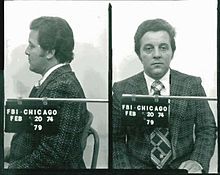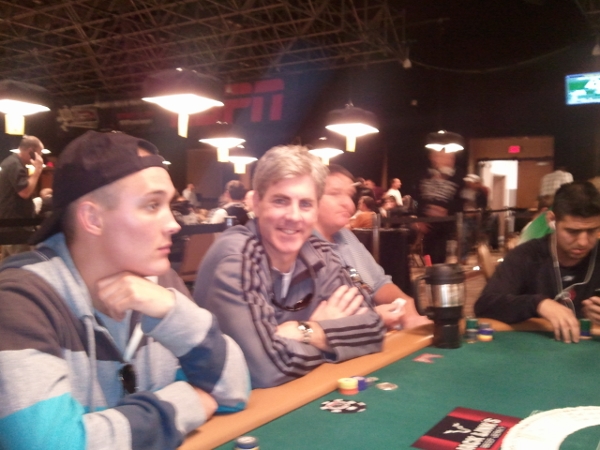
The Mafia’s effect on Las Vegas is a significant chapter in the city’s history. During the mid-20th century, organized crime syndicates, primarily controlled by Italian-American families, had a profound influence on the development and growth of the Las Vegas Strip.
- Origins of Mafia Influence: The Mafia’s involvement in Las Vegas began in the 1940s and 1950s when mobsters from various families, such as the Chicago Outfit and the New York-based Genovese and Gambino families, saw the city’s potential for illegal activities and lucrative enterprises.
- Skimming and Control of Casinos: One of the primary ways the Mafia exerted its influence on Las Vegas was through the skimming of casino profits. Mafia-controlled individuals would manipulate the counting and reporting of earnings, diverting a portion of the revenue to their own pockets. This allowed the crime families to amass enormous wealth and power.
- Hidden Ownership: The Mafia’s influence was often concealed through hidden ownership of casinos. While legitimate business figures served as the public faces of the operations, behind the scenes, Mafia families controlled and profited from the casinos. This allowed them to maintain a level of control over the city’s gambling industry.
- Corruption of Local Authorities: The Mafia’s reach extended beyond the casinos. Through bribery and corruption, they influenced local law enforcement, politicians, and even members of regulatory agencies. This ensured that their criminal activities went largely unchecked and that they could operate with relative impunity.
- Control of Unions: The Mafia also gained control over labor unions in Las Vegas, particularly those representing hospitality and casino workers. This allowed them to manipulate labor practices, secure favorable contracts, and maintain a stronghold on the city’s workforce.
- Resort Development: The Mafia’s involvement in Las Vegas had a significant impact on the city’s resort development. They financed and built iconic properties such as the Flamingo, the Desert Inn, and the Stardust. These lavish resorts helped transform Las Vegas into a world-renowned tourist destination.
- Entertainment and Showbiz Connections: Mafia families also had connections to the entertainment industry. They used their influence to bring in top-tier performers and headlining acts, attracting more visitors to Las Vegas and boosting the city’s reputation as the entertainment capital of the world.
- Decline and Decline of Mafia Influence: In the 1970s, law enforcement agencies began cracking down on organized crime, leading to the decline of the Mafia’s influence in Las Vegas. High-profile investigations, such as the federal Racketeer Influenced and Corrupt Organizations (RICO) Act, targeted the mob’s activities and resulted in numerous convictions.
- Transformation of Las Vegas: As the Mafia’s grip on Las Vegas loosened, the city underwent a transformation. Corporate interests took over the casinos, bringing in a more legitimate and regulated era of gambling. Las Vegas shifted its focus to family-friendly entertainment, luxury resorts, and conventions.
- Legacy and Cultural Influence: While the Mafia’s influence on Las Vegas was ultimately curtailed, its impact on the city’s culture and popular perception remains. The glamorous and illicit reputation of the Rat Pack era, the connection between organized crime and the casino industry, and the allure of vintage Las Vegas all contribute to the city’s unique identity.
It’s important to note that Las Vegas has since evolved and become a highly regulated and lawful destination, distancing itself from its association with organized crime. The city’s gaming industry is now subject to strict regulations and oversight to ensure transparency and fairness.






